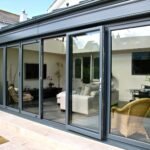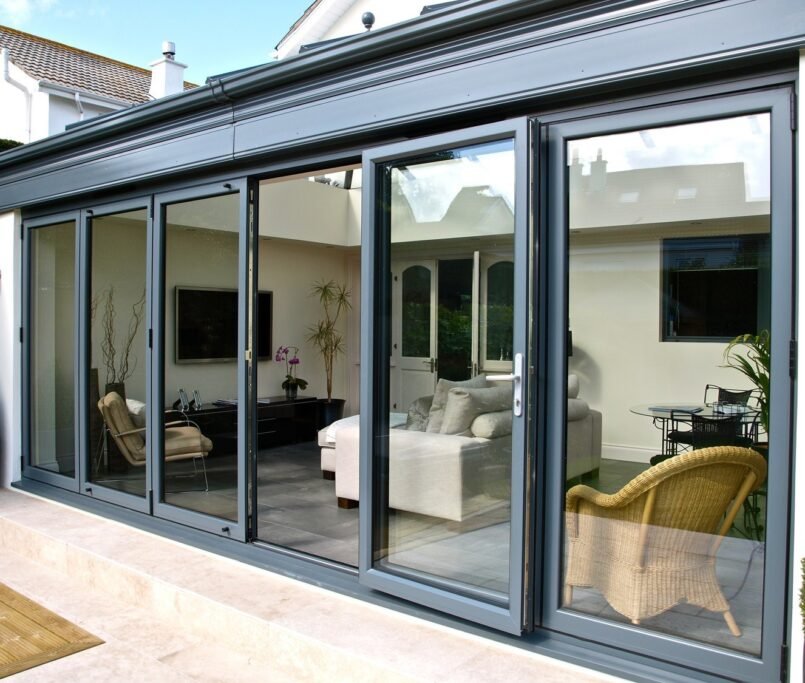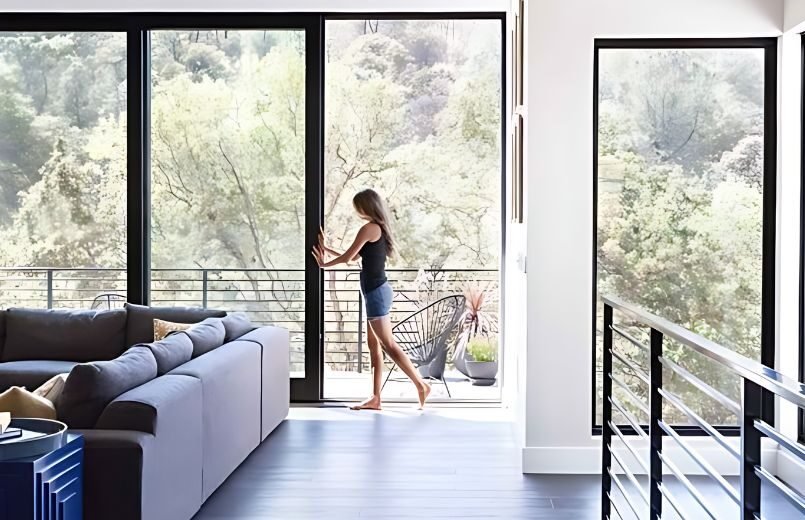The Ultimate Guide to UPVC and System Aluminum Doors & Windows
Understanding UPVC Doors & Windows
UPVC, or Unplasticized Polyvinyl Chloride, is a type of plastic that is widely used in the construction industry for manufacturing doors and windows. UPVC is created through a process of polymerization, where vinyl chloride monomers are transformed into a rigid, durable material. This production method yields a product that is both strong and versatile, making it an ideal choice for modern building requirements.
One of the most notable characteristics of UPVC doors and windows is their exceptional durability. Unlike traditional materials such as wood and steel, UPVC is resistant to rotting, warping, and corrosion. This robustness ensures a longer lifespan, often exceeding 20 years, with minimal maintenance efforts. Moreover, UPVC does not degrade when exposed to harsh weather conditions, including heavy rain, snow, or intense sunlight.
The low maintenance aspect of UPVC components cannot be overstated. Cleaning these doors and windows requires nothing more than occasional wiping with a damp cloth to retain their pristine appearance. Furthermore, UPVC does not require painting or varnishing, eliminating the need for frequent upkeep.
Thermal efficiency is another significant advantage. UPVC doors and windows provide excellent insulation properties, reducing heat loss in the winter and keeping interiors cooler in the summer. This can lead to substantial savings on energy bills. Similarly, the material’s sound insulation capabilities make it an ideal choice for homes and offices situated in noisy environments, as it can effectively block external noises.
Additionally, UPVC is resistant to chemicals, which further enhances its durability and enables its use in various environments without the risk of degradation.
The design flexibility of UPVC doors and windows is another appealing feature. Available in a plethora of styles, colors, and finishes, they can be customized to suit the aesthetic preferences and architectural requirements of any building. From simple, understated designs to intricate, decorative patterns, the options are practically limitless. This adaptability makes UPVC a preferred choice for both residential and commercial applications.
Real-life examples testify to the benefits of UPVC. Homeowners often appreciate the balance of functionality and aesthetic appeal, while commercial property managers value the long-term cost savings and low maintenance. For instance, a homeowner in a coastal area might choose UPVC windows to combat the corrosive effects of salt air, while a business in a bustling urban center might install UPVC doors to mitigate traffic noise.
When compared to materials like wood and steel, UPVC offers several advantages. Wood, though aesthetically pleasing, requires regular maintenance and is prone to termite attacks and rot. Steel, while durable, is susceptible to rust and requires protective coatings. In contrast, UPVC combines the best of both worlds—offering durability, aesthetics, and minimal maintenance. Consequently, UPVC has emerged as a popular choice in contemporary architectural design, fulfilling both functional and decorative requirements.
Exploring System Aluminum Doors & Windows
System aluminum doors and windows represent the pinnacle of modern architectural design, characterized by their sleek and contemporary appearance. The manufacturing process of these doors and windows involves precise engineering and high-quality finishes, ensuring robust and long-lasting products. Aluminum’s inherent properties contribute significantly to their reliability. As a lightweight yet strong material, aluminum is resistant to corrosion, making it an ideal choice for various climatic conditions.
A critical aspect of system aluminum doors and windows is the application of thermal break technology. This advanced technology enhances energy efficiency by reducing heat transfer through the frame, effectively contributing to better insulation properties. This ensures that homes and buildings maintain their internal temperatures more consistently, resulting in reduced energy consumption and lower heating or cooling costs. Additionally, the longevity of aluminum is further improved through the anodization or powder-coating finishes, which add an extra layer of protection against the elements.
The design flexibility of system aluminum doors and windows allows for extensive customization, catering to a variety of architectural styles and personal preferences. From minimalist frames to expansive glass panels, aluminum systems can be tailored to meet specific design requirements, offering both aesthetic and functional benefits. This versatility is one of the main reasons why aluminum systems are preferred in both residential and commercial projects.
When compared to other materials such as wood or uPVC, aluminum stands out for its durability and minimal maintenance requirements. Unlike wood, which can warp or rot over time, aluminum maintains its structural integrity for decades. Similarly, while uPVC can degrade under intense sunlight, aluminum’s resilience to UV radiation ensures enduring performance. Environmentally, aluminum is highly recyclable, making it a more sustainable option in the construction industry.
Practical insights from customers further underscore the value proposition of system aluminum doors and windows. Users frequently highlight their satisfaction with the sleek look, durability, and energy efficiency. These testimonials, combined with the material’s technical advantages, position system aluminum doors and windows as an exceptional choice for modern construction projects looking to balance aesthetics, functionality, and sustainability.













